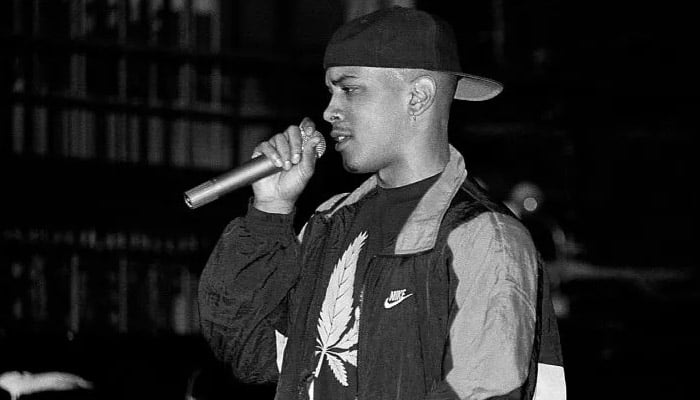The world of hip-hop has lost a pioneering voice with the passing of Saafir, an influential West Coast rap figure who died at the age of 54. Known for his sharp lyricism, innovative delivery, and a style that resonated deeply with underground rap fans, Saafir carved out a unique space in the music industry. Hailing from Oakland, California, Saafir was more than just a rapper; he was a cultural icon who contributed significantly to the West Coast hip-hop movement during its formative years. His untimely death marks the end of an era and serves as a moment to reflect on his incredible contributions to music and the legacy he leaves behind. Follow us at Keke Palmer Reflects on Surprise Voicemail from Will Smith.
Saafir
Saafir, whose full name was Reggie Gibson, emerged in the 1990s as a distinctive voice in the West Coast rap scene. With a background deeply rooted in Oakland's vibrant culture, he drew from his surroundings to create reflective and socially aware music. As part of the Hobo Junction collective, Saafir was known for his lyrical prowess, delivering intricate wordplay and thought-provoking narratives that stood out in a genre often dominated by more mainstream sounds.

One of his most notable appearances was on Digital Underground's album The Body-Hat Syndrome, where his unique cadence and flow caught the attention of hip-hop enthusiasts. His debut album, Boxcar Sessions (1994), remains a cult classic, celebrated for its unorthodox beats and poetic lyricism. Tracks like "Light Sleeper" and "Battle Drill" showcased his ability to blend intellectual depth with streetwise authenticity, earning him a loyal fan base that respected his artistry.
Saafir was also known for his contributions to battle rap, engaging in lyrical duels that further solidified his reputation as a formidable MC. His feud with the Hieroglyphics crew, particularly with Casual, is often cited as one of the most legendary moments in hip-hop battle history. Despite these rivalries, Saafir was widely respected for his dedication to the craft and unwavering commitment to staying true to his unique sound.
Related: Gen Z Jewelry Elevates Even the Most Basic Outfit
Related: How to Train Your Dragon Live-Action
Case of Death
Saafir's death at 54 has left the hip-hop community in mourning, though the details surrounding his passing have not been fully disclosed. In recent years, the rapper had been open about his health struggles, including a spinal injury that left him paralysed and reliant on a wheelchair. This injury significantly impacted his life and career, but Saafir remained resilient, creating music and inspiring others despite his challenges.

While the exact cause of death remains unclear, the news has reignited discussions about the physical and emotional toll that life in the music industry can take on artists. For many fans and peers, Saafir's passing is a sad reminder of the importance of supporting the well-being of artists who dedicate their lives to their craft.
Honouring Saafir's Legacy
As the hip-hop world comes to terms with Saafir's passing, tributes have poured in from fans and fellow artists who recognise his influence on the genre. Many have taken to social media to share memories of his groundbreaking performances, the impact of his music, and the personal connections they felt to his work.
Saafir's legacy is one of innovation and perseverance. He was never afraid to experiment with his sound, pushing the boundaries of what West Coast rap could be. His contributions to the underground scene have inspired countless artists, and his influence can be seen in modern MCs prioritising authenticity and lyrical depth over commercial appeal.
In honouring Saafir, it's crucial to celebrate his music and his resilience in the face of adversity. Despite his physical challenges later in life, Saafir remained a testament to the power of creativity and determination. His story inspires young artists navigating the complexities of the music industry, reminding them of the importance of staying true to their voice.